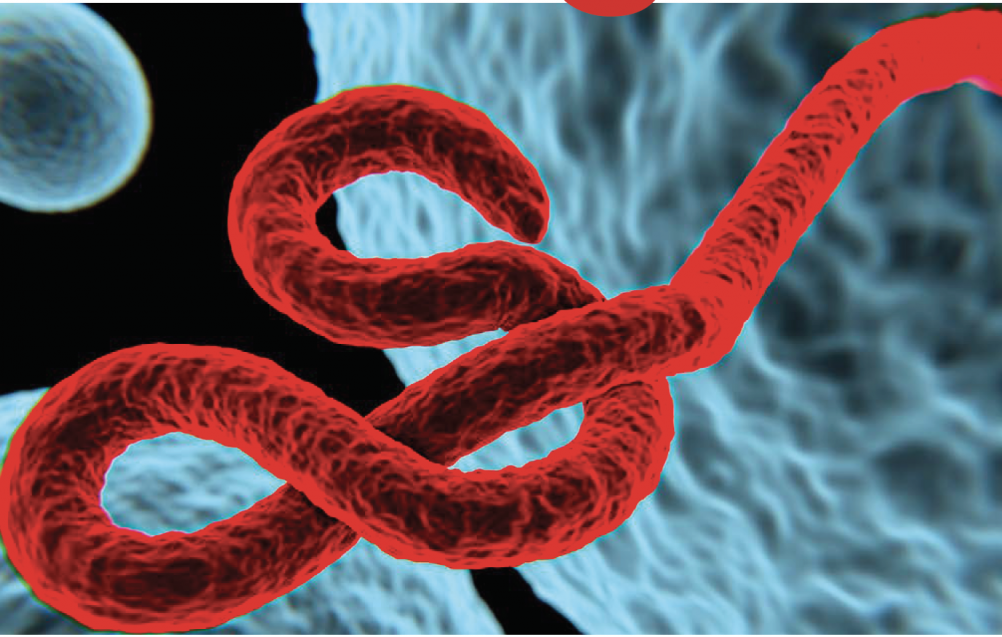Which Health Care Workers Should Receive the Ebola Vaccine Ervebo?
The Ebola vaccine is not commercially available, but can be distributed upon request to the CDC and administered under the supervision of a physician.

Health care workers responding to Ebola outbreaks, working in Ebola treatment facilities, or working in labs or biosafety facilities should receive Ervebo, the FDA’s first and only approved vaccine for the prevention of the Ebola virus, according to the CDC’s Morbidity and Mortality Weekly Report.
Centers for Disease Control and Prevention (CDC) investigators created their guidelines based on the recommendations of the Advisory Committee on Immunization Practices (ACIP) after the vaccine received US Food and Drug Administration approval on Dec. 19, 2019.
The CDC recommendations also noted that 11 persons infected with Ebola have been treated in the US All of those cases were associated with the 2014-16 outbreak in West Africa, and 8 of those were responding to an outbreak.
Persons who are responding to an Ebola outbreak are among what the CDC is categorizing as the population with the highest risk for potential occupational exposure to the infection. Additionally, health care personnel at any of the US’s 11 federally designated Ebola treatment centers as well as laboratorians and other staff at any of the 8 biosafety level 4 facilities in the U.S. that handle replication-competent Ebola virus are vulnerable. In all, about 900 health care personnel, laboratorians, and staff work at those such facilities.
The CDC said that ACIP will discuss and consider additional populations for vaccine candidacy in the future. However, vaccination of a pregnant women should involve consideration of the patient’s risk for exposure to Ebola. There is no data yet on the Ervebo’s effect on breast milk production, presence in breast milk, or on the breast-fed child.
Additionally, persons with a history of severe allergic reaction should not receive Ervebo, the CDC said. It should also not be taken by persons allergic to rice, as the vaccine contains a rice-derived recombinant human serum albumin.
Further research will be conducted regarding the Ervebo for immunocompromised persons, pregnant women, and children, the CDC said.
Vaccine efficacy was judged to be 100 percent in the initial study for participants who received immediate vaccination. In a follow-up study, the efficacy was again judged to be 100 percent. There were 3 types of joint-related adverse events post-vaccination (vaccine-related arthralgia, severe arthralgia, and vaccine-related arthritis).
The most common adverse reactions to the vaccine were injection site pain, swelling, and redness. Headaches, fever, muscle pain, fatigue, joint pain, nausea, arthritis, rash, and abnormal sweating were also reported.
While Ervebo is not commercially available, the vaccine is made available to US civilians for free through the government according to ACIP recommendations after receipt of request, the CDC said.
Ervebo is administered as a single intramuscular 1 mL dose under the supervision of a physician. The CDC also suggested that the injection site be the deltoid area of the nondominant arm. It is designed to be administered immediately after thawing from frozen (it is frozen for long-term storage).
Following vaccination, a person may still test positive for Ebola glycoprotein. That being said, diagnostic testing for Ebola in a vaccinated person should include nonglycoprotein targets, the CDC recommended.
It is not currently known how long protections from Ervebo last, the CDC noted. The agency also said that vaccination with Ervebo may not protect all persons. Those who are vaccinated should continue to adhere to infection control practices, they said.
